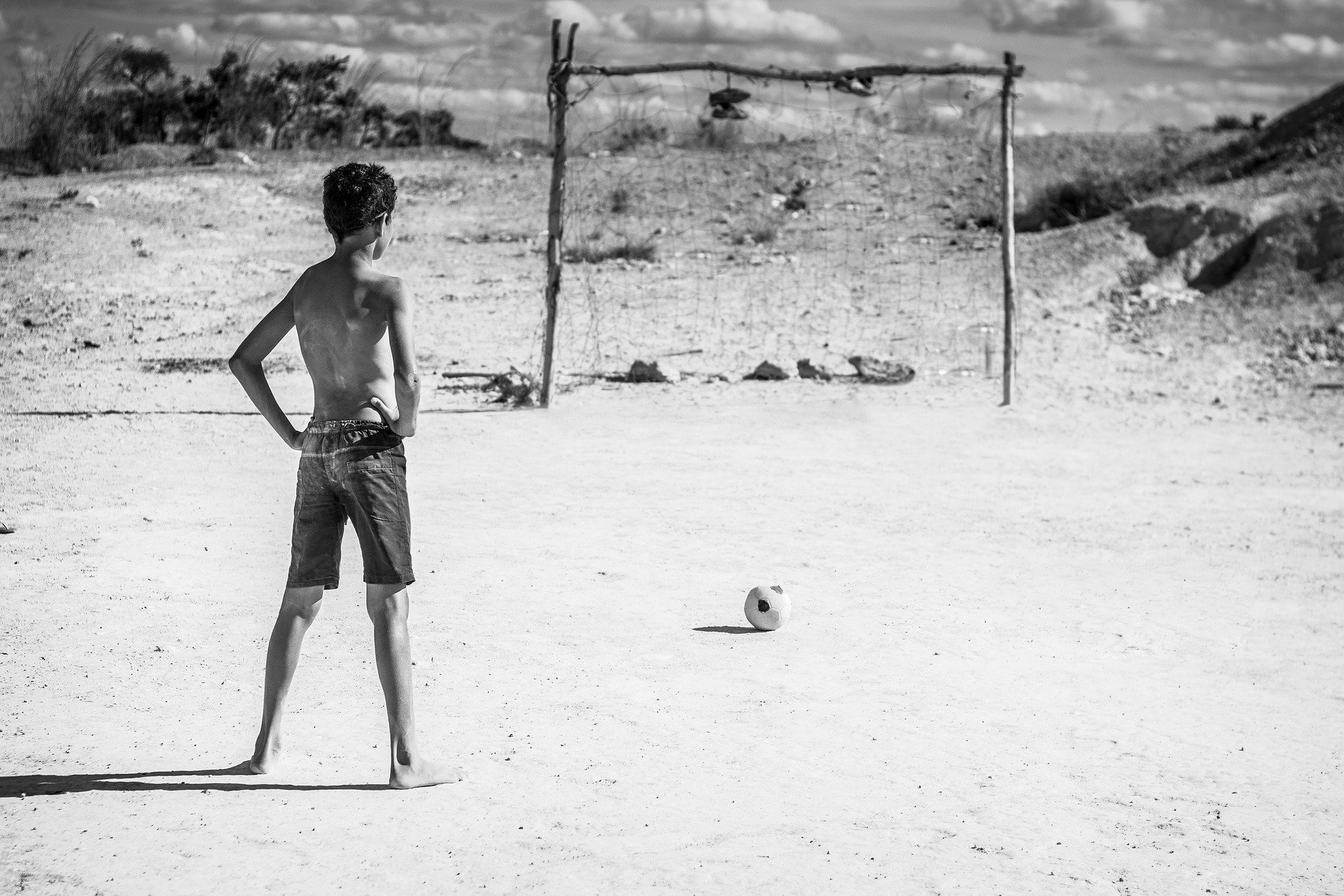Going Potty
/A leader was telling me about challenges with their team not producing work to a high enough standard. Everyone's a bit frustrated. This seems to be a trend - expecting great results on the first effort.
There’s a leadership legend passed around about a pottery class where students were given the choice of submitting one perfect piece for assessment, or producing as many pots as they could and submit them all for assessment. The best quality pots came from the quantity group, not the quality group. Turns out this never happened in pots, but it did in a photography class. It was written about in a book called Art and Fear, where there were already too many photography examples, so they changed it to pots. The pottery story has since spread like wildfire, and keeps popping up refreshed. Why? Because the principle makes sense.
For many (maybe most) things, we need reps to get good. This is challenging, especially when there are significant consequences that go with getting something wrong - Pilots, Lawyers, Accountants, Soldiers and Surgeons spring to mind. Note - all these professions create opportunities for practice alongside someone who is already accomplished.
How and where could you/your team benefit from reps? How could you set that up for maximum experience/exposure with minimum risk?
Don’t expect awesome if there’s been no practice.

















